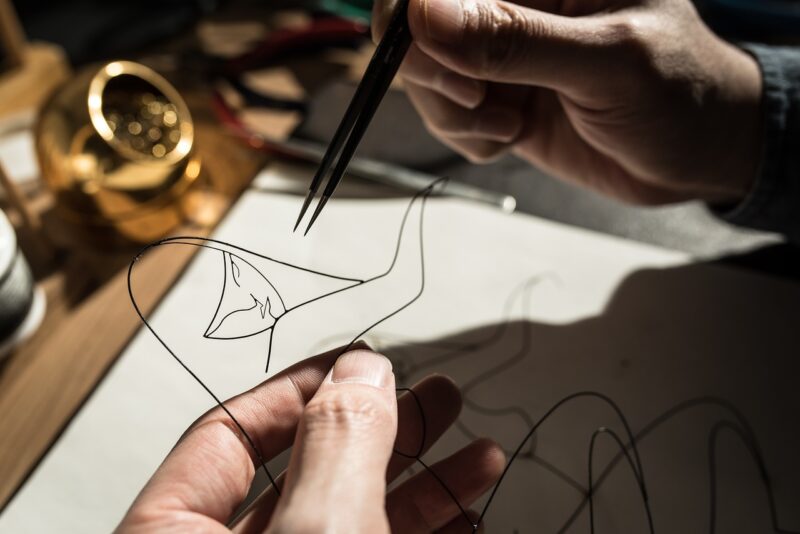
In recent years, the art of knife making has gained significant popularity among artisans and hobbyists alike. This ancient craft not only requires skill and creativity but also offers a rewarding experience of creating something both beautiful and functional. From culinary knives to survival blades, the possibilities are endless, and so are the personal expressions that come with each creation.
1. The Allure of Handmade Knives
Handmade knives represent more than just a tool; they embody the craftsmanship and artistry of their makers. In a world filled with mass-produced goods, there’s a certain allure to owning a knife that has been individually crafted. Artisans take pride in their work, often incorporating unique designs, materials, and finishes that set their knives apart from factory-made versions.
These knives often tell a story, reflecting the personality of the artisan through their choices in design and function. The blend of form and function is what makes each knife a piece of art, earning its place as a collector’s item or a cherished gift.
2. The Process of Knife Making
Knife making involves several carefully executed steps, each crucial to producing a high-quality blade. Here are some of the major processes involved:
- Designing the Knife: The process begins with designing the knife. Artisans often sketch out their ideas and consider the knife’s purpose, dimensions, and aesthetics before moving on.
- Choosing Materials: Selecting the right materials is critical. High carbon steels, stainless steels, and exotic handle materials like stabilized woods or synthetic options can dramatically affect the knife’s durability and look.
- Forging & Shaping the Blade: Many artisans forge their knives from raw materials, heating them in a forge and shaping them with hammers and anvils. This process requires both physical strength and finesse to create the desired edge and profile.
- Heat Treatment: After forging, the blade undergoes heat treatment to enhance its hardness and edge retention. This step is crucial for ensuring the knife performs well in its intended use.
- Handling & Finishing: Finally, artisans create the handle, which can be made from various materials. The finishing involves polishing the blade and handle to achieve the perfect look.
The craftsmanship involved in each step makes knife making not just a hobby but an art form that requires patience, skill, and dedication.
3. The Therapeutic Benefits of Knife Making
Apart from creating stunning pieces, knife making can provide therapeutic benefits, contributing to its popularity among artisans. Engaging in such hands-on activities allows individuals to disconnect from the digital world and focus on a tangible project. This mindfulness can promote a sense of achievement and boost mental well-being.
The repetitive motions involved in shaping and sanding can also serve as a form of meditative practice, helping to alleviate stress and anxiety. Furthermore, the personal satisfaction derived from crafting a functional piece that can be used in everyday life elevates the experience.
4. Knife Making Communities
With the rise in interest in knife making, communities have blossomed both online and offline. Social media platforms, forums, and local clubs provide platforms for enthusiasts to share their work, exchange tips, and seek advice.
Participating in these communities enhances the learning experience and nurtures a sense of belonging. Many artisans also participate in exhibitions and competitions, showcasing their talent while forming lasting connections with fellow makers.
Through these interactions, aspiring knife makers can receive valuable feedback to improve their skills and techniques, ensuring that the craft continues to evolve and thrive.
5. The Demand for Personalized Knives
The trend of personalized knives has also significantly contributed to the growth of this hobby. Gift-givers are increasingly looking for unique, custom-made items that carry a personal touch. Artisans can engrave names, initials, or special dates on blades and handles, making each piece unforgettable.
This demand for personalized knives has led many craftsmen to turn their hobby into small businesses, catering to clients who appreciate quality and individuality. With the growing interest in outdoor activities such as camping and cooking, having a personalized knife has become a sought-after addition to one’s gear.
6. Conclusion
Knife making has evolved from a practical craft to a popular hobby that speaks to the creativity and individuality of artisans. The combination of artistry, the satisfaction of handmade products, and the therapeutic benefits of creating something unique contribute to its growing appeal.
The rise of online communities, the demand for personalized items, and the joy of crafting a functional piece of art only serve to amplify this trend. With tools and resources readily available, there has never been a better time to start this rewarding craft. So, whether you’re looking to craft your first knife or refine your skills, join the growing ranks of artisans and indulge in the art of knife making.







